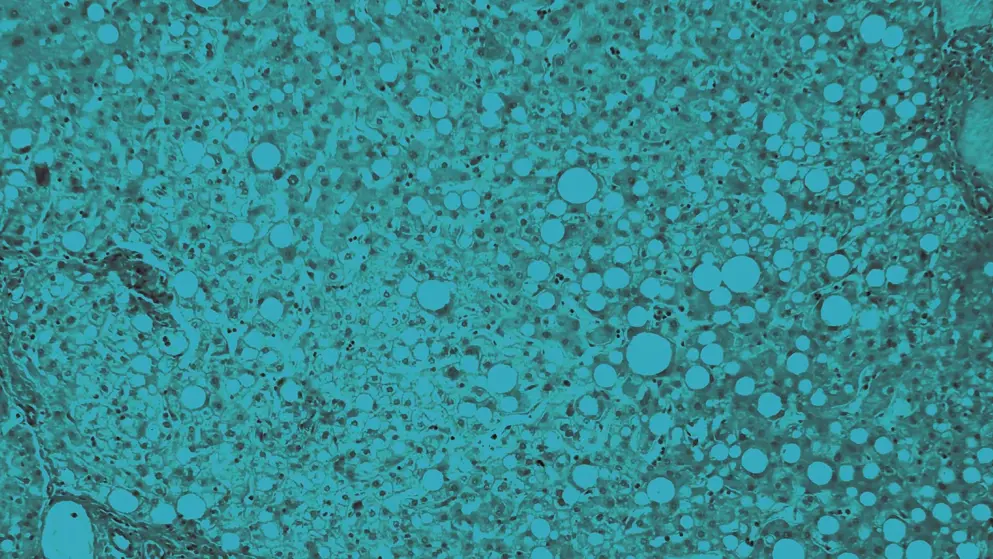
Acute hepatic porphyria
Acute hepatic porphyrias (AHPs) are a group of rare genetic disorders that result in enzyme deficiencies, disrupting the normal heme biosynthetic pathway. This can cause accumulation the neurotoxic porphyrin precursors, δ-ALA and PBG.
How common is AHP?
Acute intermittent porphyria is the most common type of AHP, with an estimated prevalence of one in 100,000.
Who is most at risk?
Women of childbearing age have the highest prevalence of AHP.
Which conditions can be confused with AHP?
AHPs are frequently mistaken for other diseases, including infections, inflammatory bowel disease, acute cholecystitis, appendicitis, pancreatitis, and intestinal occlusion. Diagnosis of AHP is frequently delayed, with an average of 15 years from onset of symptoms to diagnosis.
How does AHP affect people with the disorder?
AHPs are associated with acute attacks characterized by symptoms including severe, diffuse abdominal pain, nausea, weakness, and constipation. In some cases, acute AHP attacks can be fatal.
Is there a treatment?
There is no cure for AHP, but there are ways to manage symptoms. Symptom management may include pain medication and glucose supplementation. Hospital stays may be required in the case of severe attacks.
Developed by EPG Health for Medthority, independently of any sponsor.

